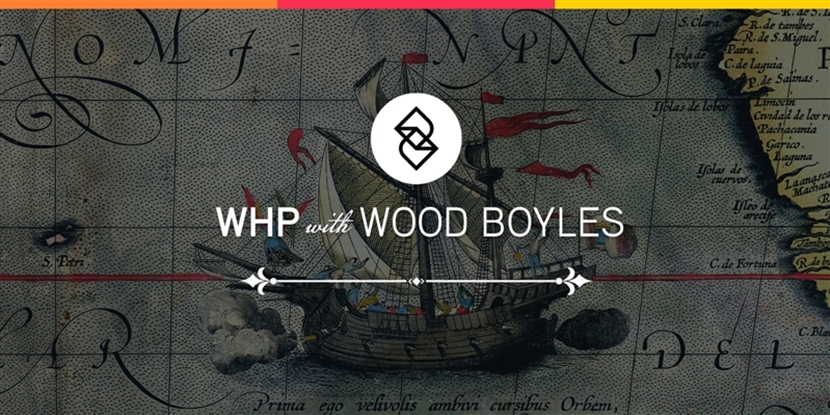As the Islamic belief system spread beyond the borders of a single state, Muslims moved around as religious pilgrims, as missionaries, and traders. Islamic societies occupied territory at the crossroads of Afro-Eurasian trade, and Islam was a portable congregational religion well designed for movement and commerce. The result was a network that moved ideas and technologies as well as goods, a network which we know today as the Islamic world.
Driving Question: How did Islam represent a restructuring of the Afro-Eurasian World?
- Today, we shift from talking about collapse into looking at restructuring, with a focus on the Islamic world. While empires were collapsing, this world was emerging, and it was tied together by one particular religion—Islam. In 1453, Islamic society had already become the glue that had tied Afro-Eurasia back together. It’s not that everyone in Africa, Europe, and Asia had become Muslim. Rather, the networks formed by the Islamic world provided stability to these areas of the world.
- The new network of trade and exchanging ideas benefited everyone. Muslims kept alive a lot of the ideas and technologies of the Roman Empire. And they also developed many new ideas. Some, like advanced math such as algebra, they developed themselves. Other ideas, like early banking systems, were adopted from India.
Word of the Day: Dar al-Islam
- Definition: This is Arabic for the Islamic world or the territories under Muslim control.
- As the Islamic world expanded, more and more territory came under its control. Some of this territory consisted of lands formerly owned by the Roman Empire, such as in North Africa and Spain. These regions were united through the same belief system and the same system of governance, and were highly connected through complex trade networks.
Lesson
- Read: “Networks and Exchange in the Islamic World” in Lesson 4.2 on Khan Academy
- Think about the Islamic world before about 1100 CE as both a community unified by religion and a highly-connected network. How did trade in the Islamic world affect (and how was it affected by) changes in communities and manufacturing?
Historian’s Journal Prompt
- What are some factors that connect across the world despite our fight with COVID?
- Throughout Dar al-Islam, each region saw itself as belonging to the Islamic world. They were united through faith, legal codes, governance, and even through trade. In our highly interconnected world today, what connects us from one region to the next? Are these connections more or less apparent through COVID?

